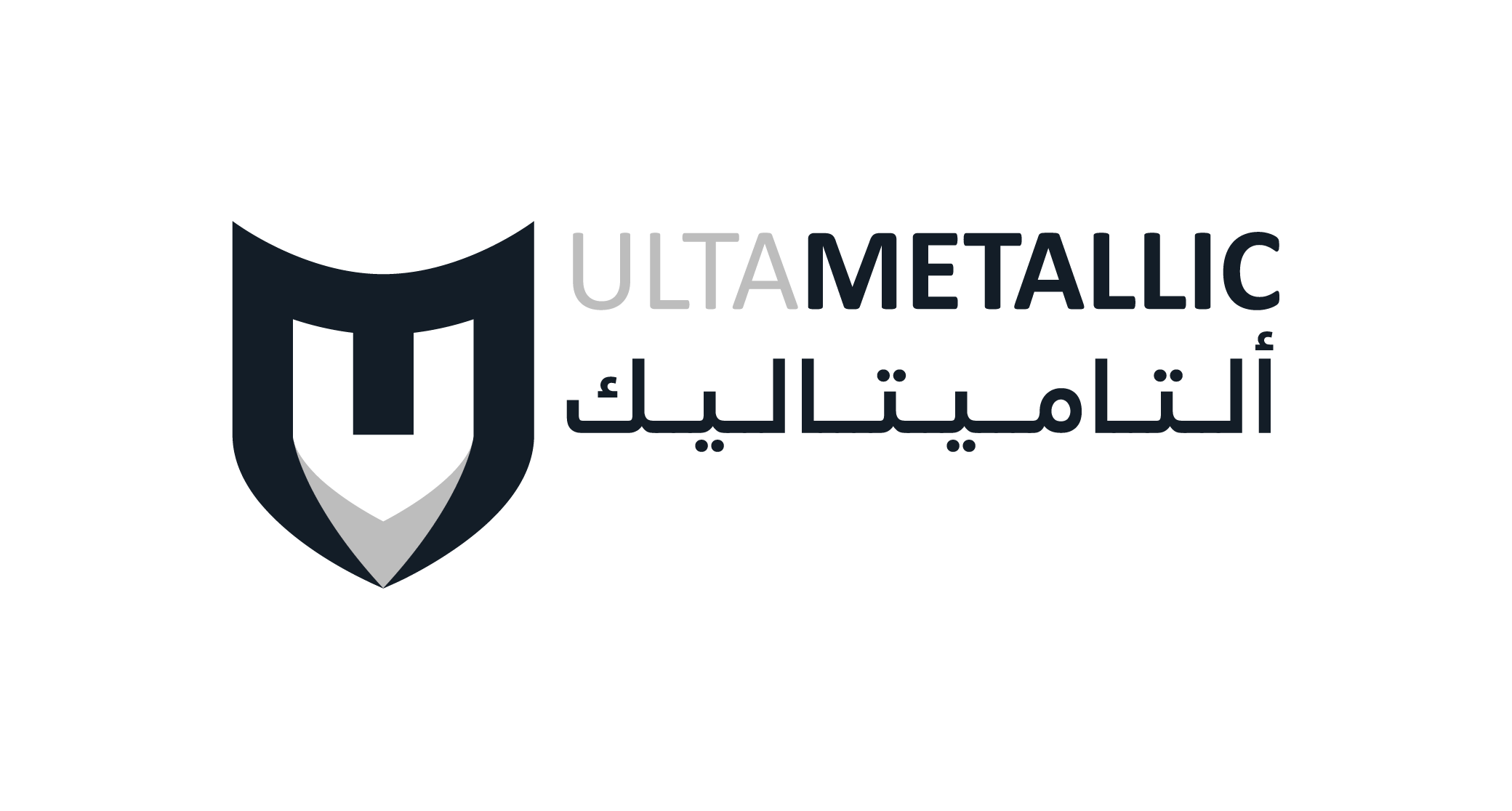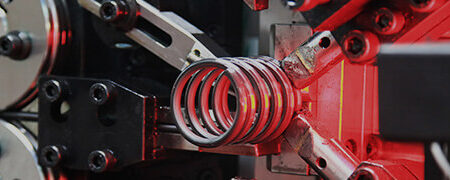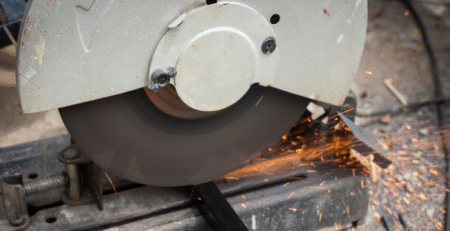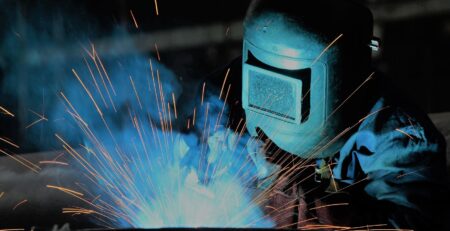The SSAB Certification: Why It Matters for Steel Wear Parts Manufacturers
In today’s competitive industrial landscape, choosing the right materials and partners can make the difference between operational efficiency and costly downtime. For industries that rely heavily on wear parts such as mining, construction, recycling, and agriculture the demand for durability, quality assurance, and consistent performance is non-negotiable. That is where SSAB certification comes into play.
When a manufacturer or supplier is recognized as an SSAB Approved Service Center, it signals far more than just access to high-strength steels like Hardox®. It is an endorsement backed by rigorous certification standards, welding and forming guidelines, and global quality benchmarks. For QA leads and technical buyers, this certification offers a direct line of trust: products meet performance expectations, and processes align with internationally recognized quality frameworks.
This article explores the meaning of SSAB approved service center certification, its importance for steel wear parts manufacturers, and why it should be a decisive factor in supplier evaluations.
Understanding SSAB Certification
SSAB certification is more than just a label it’s a structured program that ensures service centers handling SSAB’s premium steels, such as Hardox®, follow rigorous standards. Certified centers must demonstrate proficiency in steel processing, maintain strict traceability, and comply with welding and forming specifications. For industries where downtime is costly and reliability is critical, this certification acts as a quality guarantee. It also creates a globally uniform benchmark, meaning whether a buyer sources steel wear parts from Europe, the Middle East, or Asia, the expectations for quality and durability remain consistent.
What Does “SSAB Approved Service Center” Mean?
At its core, the phrase “SSAB Approved Service Center” refers to a facility that has been officially certified by SSAB—the Swedish steel manufacturer known for pioneering high-strength wear-resistant steels. Approval is not automatically granted. Instead, a service center must undergo a detailed evaluation process to demonstrate that it can consistently handle SSAB’s premium steels according to strict guidelines.
Being an SSAB Approved Service Center means:
- The facility stocks genuine SSAB steels like Hardox®.
- All processing cutting, bending, welding, and machining follows welding & forming specifications defined by SSAB engineers.
- Quality assurance protocols are in place to ensure material properties are not compromised during processing.
- The center has access to SSAB’s technical support and training resources.
For buyers, this certification is essentially a stamp of reliability. It guarantees that the steel components you purchase are fabricated with integrity and aligned with the manufacturer’s global standards.
Global Standards Behind SSAB Certification
The strength of SSAB certification lies in its global standards. SSAB has established strict criteria for service centers worldwide, ensuring that every certified partner meets the same performance benchmarks regardless of location.
These standards include:
- Material traceability: Ensuring every steel plate or wear part can be traced back to its original production batch.
- Welding protocols: Mandating controlled heat inputs and filler materials to maintain toughness and strength.
- Forming specifications: Setting precise bending radii and forming tolerances to prevent microcracks or weaknesses.
- Quality audits: Regular inspections by SSAB auditors to confirm ongoing compliance.
For technical buyers and QA leads, these standards provide confidence that certified centers are not just suppliers, but quality-controlled partners adhering to proven engineering practices.
Importance of Certification for Steel Wear Parts
Steel wear parts operate in some of the harshest industrial environments subjected to constant abrasion, impact, and mechanical stress. The certification directly impacts how well these parts perform over time. When a supplier is SSAB certified, it assures buyers that every wear part is made from genuine materials and processed according to proven standards. This translates into improved durability, better lifecycle performance, and fewer unplanned equipment failures. Certification also aligns production with welding and forming guidelines, which prevents structural weaknesses and ensures parts deliver consistent results in demanding applications. For companies seeking reliable solutions in heavy industries, exploring trusted providers like Ulta Metallic can help buyers connect with certified expertise that meets global standards.
Assurance of Quality and Durability
Steel wear parts face some of the harshest working environments imaginable. Whether used in mining buckets, crusher liners, or agricultural plows, these components are constantly exposed to abrasion, impact, and stress.
An SSAB certification directly translates into assurance of durability. Since approved service centers strictly follow SSAB’s processing guidelines, the wear resistance and structural integrity of the steel remain intact. This means:
- Longer component lifespans.
- Reduced frequency of replacements.
- Lower operational costs for end-users.
For industries where downtime is measured in thousands of dollars per hour, the ability to rely on certified quality can be a decisive advantage.
Compliance With Welding & Forming Specifications
Steel’s performance does not only depend on its chemical compositio it is also shaped by how it is welded and formed. Incorrect welding parameters or bending methods can cause hidden weaknesses, cracks, or premature failures.
By working with an SSAB Approved Service Center, buyers ensure compliance with:
- Welding heat input limitations to preserve hardness and toughness.
- Forming specifications such as minimum bending radii.
- Cutting techniques that prevent edge hardening or microcracking.
This compliance guarantees that wear parts do not just look structurally sound but actually perform as intended under extreme conditions.
Enhancing Performance Reliability
Ultimately, certification is about reliability. QA leads and technical buyers need assurance that every order, regardless of size or complexity, will meet consistent performance standards.
SSAB certification offers that assurance by:
- Reducing variability in production.
- Guarantee adherence to proven metallurgical practices.
- Providing access to technical data and support for troubleshooting.
In industries where equipment uptime directly impacts profitability, such performance reliability becomes a competitive edge.
Why SSAB Certification Matters to Manufacturers
For steel wear parts manufacturers, certification is a powerful differentiator in a highly competitive market. It demonstrates to buyers that the company is committed to quality assurance and has invested in meeting global standards. Beyond credibility, certification reduces supply chain risk, ensuring every batch of steel is traceable, and every finished product aligns with SSAB’s engineering specifications. Manufacturers with this recognition are not just vendors—they become trusted partners capable of building long-term client relationships. Highlighting real-world applications, such as those showcased in Ultametallic’s projects, helps buyers see how certification translates into reliable performance in demanding industries. By showcasing certification, manufacturers gain buyer confidence and strengthen their position in procurement decisions.
Gaining Buyer Confidence
Trust is a key factor in B2B transactions. Buyers need confidence not only in the material but also in the supplier’s ability to process it correctly.
An SSAB certification provides immediate credibility for manufacturers. It signals to clients that:
- The manufacturer works with genuine SSAB steels.
- Processes are aligned with global certification standards.
- Products undergo strict quality assurance before delivery.
This trust accelerates decision-making for buyers and helps manufacturers stand out in a crowded marketplace.
Reducing Risk in Supply Chains
For technical buyers, supplier risk management is as important as cost control. A non-certified supplier might offer cheaper options but carries risks such as inconsistent quality, lack of traceability, or potential compliance failures.
SSAB certification reduces these risks by ensuring:
- Documented material traceability.
- Verified compliance with welding and forming specifications.
- Regular quality audits by SSAB.
This reduces the likelihood of defective parts entering critical applications and provides peace of mind in high-stakes industries.
Building Long-Term Partnerships with Clients
SSAB certification is not just about compliance; it is about building long-term client relationships. Manufacturers with this certification demonstrate that they are committed to quality, consistency, and continuous improvement.
For buyers, working with certified partners means less time spent on vetting and more confidence in long-term reliability. For manufacturers, it fosters repeat business and strengthens brand reputation.
How Certification Benefits QA Leads and Technical Buyers
From a buyer’s perspective, SSAB certification simplifies the procurement process. Instead of conducting lengthy audits or second-guessing supplier claims, certification offers independent verification that quality standards are met. For QA leads, it reduces the workload of manual inspections and ensures compliance is already embedded into the supplier’s processes. For technical buyers, it guarantees consistent performance across multiple orders, reducing the risk of operational disruptions.
Additionally, reviewing real-world case studies, such as those highlighted in Ultametallic’s projects, can help buyers see firsthand how certified processes deliver reliable results in demanding industrial applications. In essence, certification helps both roles focus on strategic value—like improving system efficiency and planning long-term maintenance rather than worrying about the reliability of incoming materials.
Clear Verification of Standards
For QA professionals, one of the biggest challenges is verifying whether suppliers truly meet the necessary quality standards. With SSAB certification, that burden is lifted.
Certification acts as an independent verification of a supplier’s ability to:
- Handle premium-grade steels correctly.
- Follow SSAB-approved welding and forming practices.
- Maintain strict quality assurance throughout production.
This allows QA teams to streamline audits, reduce manual inspections, and focus resources on strategic improvements rather than basic supplier validation.
Ensuring Consistent Product Performance
Consistency is everything for technical buyers. Whether sourcing 100 parts or 10,000, buyers expect the same level of quality every time.
SSAB certification ensures that:
- Every batch of steel has documented properties.
- Every part is processed under the same stringent guidelines.
- Performance remains predictable across orders.
For buyers responsible for critical equipment performance, this consistency reduces the likelihood of unexpected breakdowns and supports smoother operational planning.
Conclusion
In industries where reliability, safety, and performance are non-negotiable, SSAB certification sets the standard. It ensures that steel wear parts are produced with consistent quality, processed according to global specifications, and backed by a system of audits and technical expertise. For manufacturers, certification builds trust and credibility. For QA leads and technical buyers, it reduces risk and ensures product reliability. Ultimately, understanding the meaning of an SSAB Approved Service Center is not just about compliance—it’s about making smarter, safer, and more cost-effective decisions in steel sourcing and production. For more information or to discuss your requirements, you can reach out directly via Ultametallic’s contact page.
Frequently Asked Questions About SSAB Certification for Steel Wear Parts
1. What does it mean to be an SSAB Approved Service Center?
Being an SSAB Approved Service Center means that a facility has been officially certified by SSAB to process its high-strength steels, such as Hardox® and Strenx®. The certification ensures adherence to strict welding & forming specifications, quality assurance protocols, and global standards for material handling and processing.
2. Why is SSAB certification important for steel wear parts?
SSAB certification guarantees that steel wear parts are made from genuine SSAB materials and processed according to strict guidelines. This results in enhanced durability, performance reliability, and compliance with welding and forming standards, minimizing the risk of premature failures in harsh industrial environments.
3. How does certification benefit QA leads and technical buyers?
For QA leads and technical buyers, SSAB certification provides clear verification that a supplier meets global quality standards. It ensures consistent product performance, reduces the need for manual inspections, and simplifies supplier audits, enabling more strategic decision-making in sourcing steel wear parts.
4. Can SSAB certification reduce supply chain risks?
Yes. Suppliers certified by SSAB maintain full material traceability, comply with engineering standards, and undergo regular audits. This reduces the risk of receiving substandard components, protects operational efficiency, and fosters long-term reliable supplier partnerships.
5. How can I verify or contact an SSAB certified supplier?
You can verify a supplier’s certification status through SSAB’s official channels or by contacting the certified service center directly.







Leave a Reply